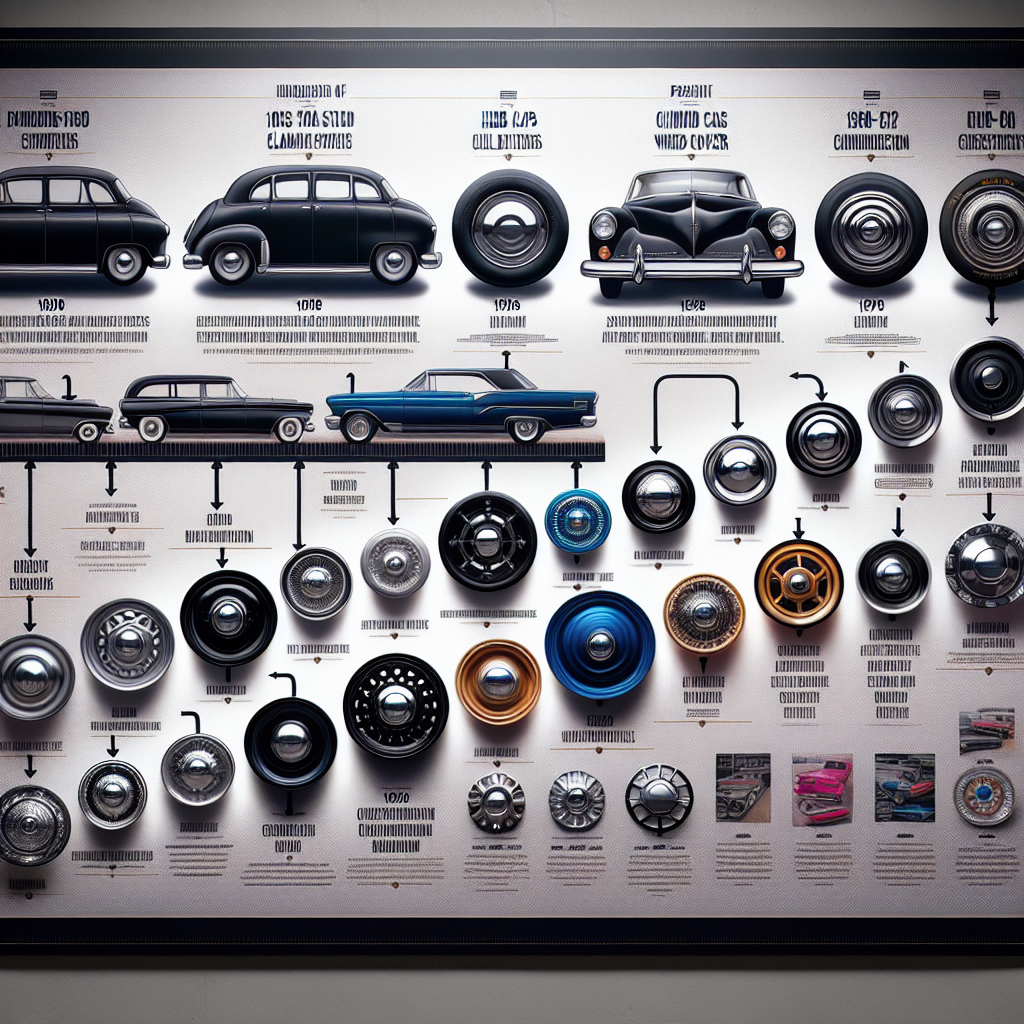All About the History and Evolution of Hub Caps
Jan 07, 2025

When it comes to automobile accessories, hub caps are often overlooked. Yet, they play a significant role in the aesthetics and functionality of a vehicle. For decades, hub caps have evolved, from practical components to stylish enhancements. As a premier supplier of hub caps, wheel covers, and chrome wheel skins since 1979, we take pride in our knowledge and selection. Let’s explore the fascinating history and evolution of hub caps!
The Origins of Hub Caps
Hub caps, originally known as wheel covers, trace their roots back to the early 20th century. The first hub caps were designed for functionality rather than style. They were created to protect the wheel bearings and prevent dirt and debris from entering, thereby prolonging the lifespan of the wheels. Early vehicles featured hub caps made from simple metal, often stamped or hand-formed, which secured to the wheel with simple fasteners.
The Evolution in Design and Materials
As automotive technology advanced, so did the design and production of hub caps. By the 1920s, car manufacturers began incorporating streamlined designs that complemented the vehicle's overall aesthetics. Chrome finishes became popular during this era, adding a sleek and polished look.
The post-war automotive boom in the 1950s and 1960s marked a golden age for hub cap design. Car manufacturers experimented with bold shapes, vibrant colors, and intricate patterns. Hub caps transformed from mere protective coverings to iconic features that demonstrated a car owner's personality and style.
Functional Improvements
With time, designers started focusing not only on aesthetics but also on the functionality of hub caps. Hub caps became designed to reduce aerodynamic drag and improve fuel efficiency. Certain styles allowed for heat dissipation from brakes, enhancing performance.
The Introduction of Plastic
The introduction of plastic hub caps in the 1970s marked another significant shift. These lightweight materials enabled cost savings and provided easier installation and removal. Despite being less durable than their metal predecessors, plastic hub caps gained popularity due to their affordability and variety of designs.
The 21st Century: Customization and Technology
In the 21st century, the evolution of hub caps took a technological leap. Technology and innovation have transformed the automotive industry, and hub caps are no exception. Now, vehicles are equipped with advanced sensors that monitor tire pressure and performance. This progress has led to the creation of hub caps that can integrate with these systems, offering drivers real-time data.
There has also been a substantial trend toward customization. Drivers now have the option to choose from a wide variety of styles and finishes. From sleek chrome wheel skins to colorful hub caps, customization allows car owners to express their unique personalities.
Sustainable Practices
As the automotive industry moves toward sustainability, hub cap manufacturers are exploring ways to make their products more environmentally friendly. This includes the use of recyclable materials and sustainable manufacturing practices.
Conclusion
The history and evolution of hub caps reflect the broader trends in automotive design and technology. From basic functional components to stylish accessories that enhance vehicle performance and aesthetics, hub caps have come a long way. As a premier supplier since 1979, we are proud to offer a wide range of hub caps, wheel covers, chrome wheel skins, and wheel simulators that cater to every driver’s needs and preferences.
Explore our collection and discover how you can add a touch of style and protection to your vehicle with the right hub caps!









































